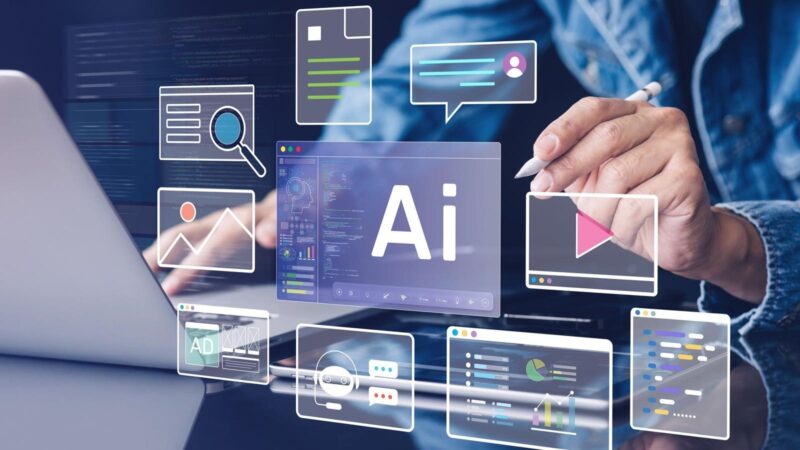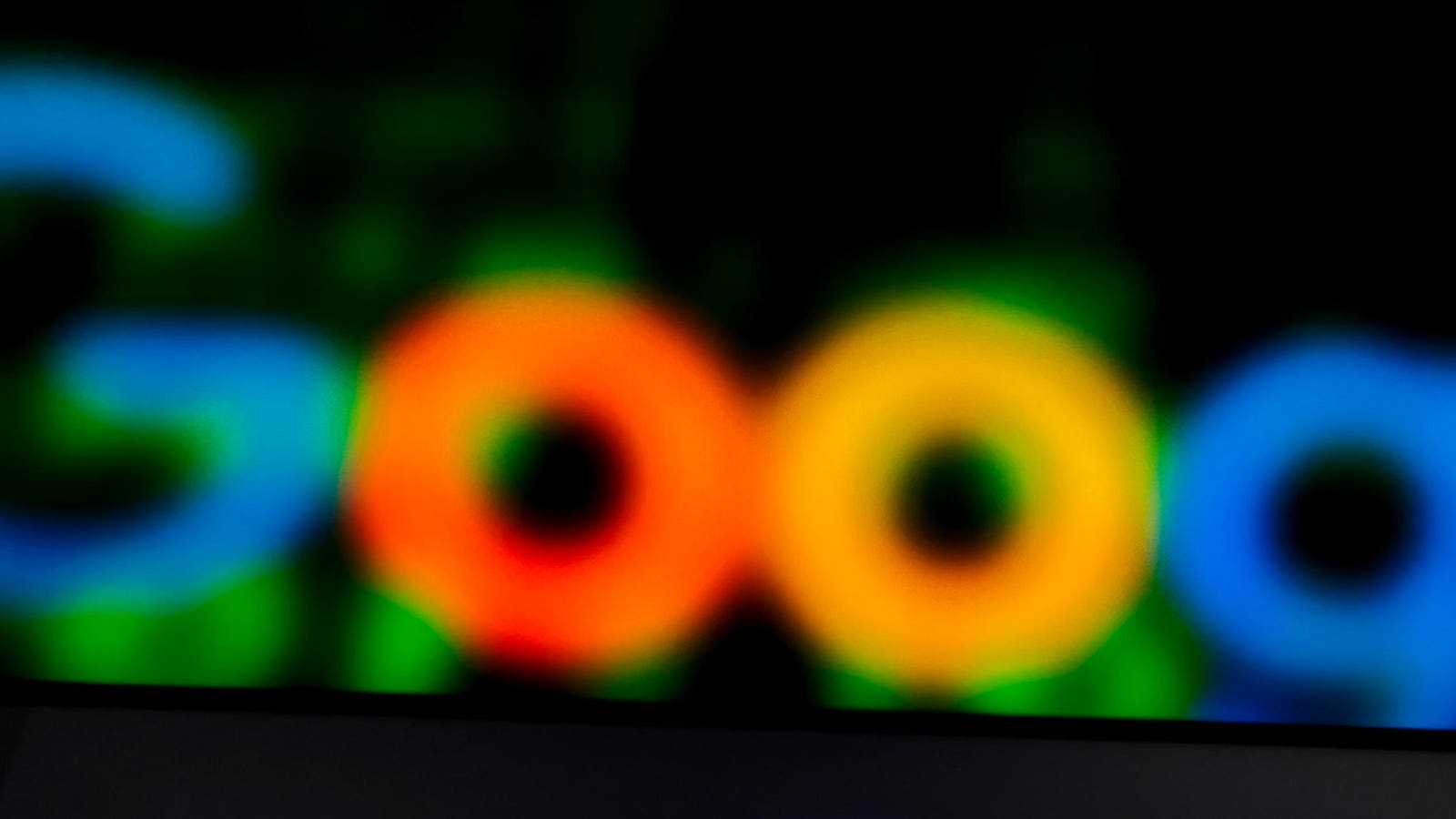Generative AI is moving into a new phase in 2026, reshaping industries from entertainment to healthcare while creating fresh opportunities and challenges
Adobe Stock
In 2026, generative AI is firmly embedded in workflows across many larger organizations. Meanwhile, millions of us now rely on it for research, study, content creation and even companionship.
What started with the arrival of ChatGPT back in 2023 has spilled into every corner of life, and the pace is only going to accelerate.
Of course, challenges like copyright, bias, and the risk of job displacement remain, but the upside is too powerful for anyone to ignore. From augmenting human productivity to accelerating our ability to learn, machines capable of generating words, pictures, video and code are reshaping our world.
The next 12 months will undoubtedly see the arrival of new tools and further integration of generative AI into our everyday lives. So here are the ten trends I think will be most significant in 2026.
1. Generative Video Comes Of Age
This year, Netflix brought generative AI into primetime in the Argentinian-produced series El Eternauta. Producers said that it slashed production time and costs compared to traditional animation and special effects techniques. In 2026, expect generative AI in entertainment to become mainstream as we see it powering more big-budget TV shows and Hollywood extravaganzas.
2. Authenticity Is King
Faced with a sea of generative AI content, individuals and brands will look for new ways to communicate authenticity and genuine human experience. While audiences will continue to find AI useful for quickly conveying information and creating summaries, creators who are able to leverage truly human qualities to provide content that machines can’t match will rise above the tide of generic “AI slop”.
3. The Copyright Conundrum
Debate over the use of copyrighted content to train generative AI models and fair compensation for human creatives will increase in intensity throughout 2026. AI developers need access to human-created content in order to train machines to mimic it, while many artists, musicians, writers and filmmakers consider their work being used in this way as nothing more than theft. Over the next year, expect more lawsuits, intense public debate and potentially some attempts to resolve the situation through regulation, as lawmakers try to strike a balance that allows technological innovation while respecting intellectual property rights.
4. Agentic Chatbots—From Reactive To Proactive
Rather than simply providing information or generating content in response to individual prompts, chatbots will become more and more capable of working autonomously towards long-term goals as they take on agentic qualities. This year, ChatGPT debuted its Agent Mode, and other tools such as Gemini and Claude are adding abilities to communicate with third-party apps and take multi-step actions without human intervention. In 2026, generative AI tools will make the leap from clever chatbots to action-taking assistants as the agentic revolution heats up.
5. Privacy-Focused GenAI
As businesses invest more heavily in generative AI, there will be a growing awareness of the risks to privacy and the need to take steps to secure personal and customer data. This will increase awareness in privacy-centric AI models where data processing takes place on-premises or directly on users’ own devices. Apple, for example, differentiates itself with its focus on putting privacy first, and I expect to see other AI device manufacturers and developers following its lead in 2026.
6. Generative AI in Gaming
In 2026, gaming could become one of the most exciting frontiers for generative AI. Developers are creating games with emergent storylines that adapt to players’ actions, even when they do something entirely unexpected. And characters will no longer be limited to following scripts, but can respond, hold conversations and act just like real people. This will create richer, more immersive and interactive experiences for players, while cutting production costs and unlocking new creative options for studios.
7. Synthetic Data For Analytics And Simulation
As well as words and pictures, generative AI is increasingly used to create the raw data needed to understand the real world, simulate physical, mechanical and biological systems and even train more algorithms. This will allow banks to model fraud detection systems without exposing real customer records, and healthcare providers to simulate treatments and medical trials without risking patient privacy. With demand for synthetic training data growing, it will become fuel for cutting-edge analytics and automated decision-making systems in 2026 and beyond.
8. Monetizing Generative Search
Generative AI is transforming the way we search for information online. This is impacting the business of companies that rely on search results to drive traffic, but also forcing advertising services like Google and Microsoft Bing to rethink the way they drive revenue. In 2026, we can expect moves towards addressing this, as services such as Google’s Search Generative Experience and Perplexity AI attempt to bridge the gap between generative search and paid-for search ads.
9. Further Breakthroughs In Scientific Research
This year, we saw genAI proving it can be a valuable aid to scientific research, driving breakthroughs in drug discovery, protein folding, energy production and astronomy. In 2026, this trend will gather pace as researchers increasingly leverage generative models in the search for solutions to some of humanity’s biggest problems, such as curing diseases, fighting climate change and solving food and water shortages.
10. Generative AI Jobs Prove Their Value
Much has been made of the new jobs that will be displaced, but in 2026, the focus will shift to the new roles it will create. We will start to see the true scale of demand for people with the skills to fill roles such as prompt engineers, model trainers, output auditors and AI ethicists. Those who can coordinate and integrate the work of AI agents with human teams will be in high demand, and we will start to get a clearer understanding of exactly how valuable they will really be when it comes to unlocking the benefits of AI while mitigating its potential for harm.
Generative AI is no longer an emerging technology on the sidelines; it is becoming the engine driving change across every industry and daily life. The trends we see in 2026 point to a future where the line between human and machine creativity, productivity, and intelligence becomes increasingly blurred. Organizations that adapt quickly, invest in the right skills, and embrace responsible innovation will be the ones that thrive as this next chapter of AI unfolds.









